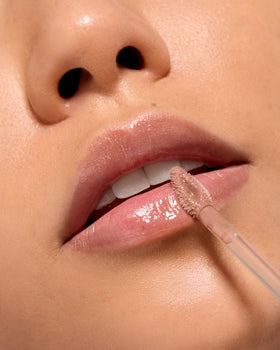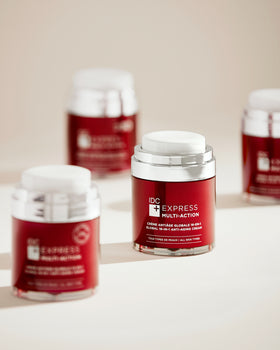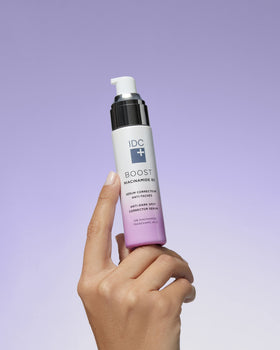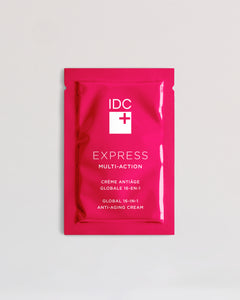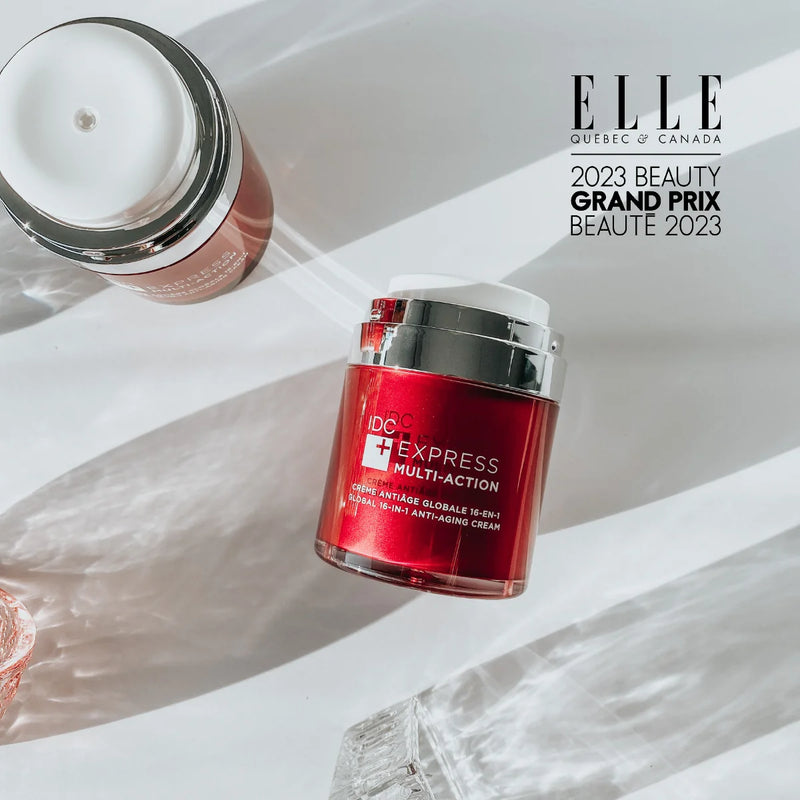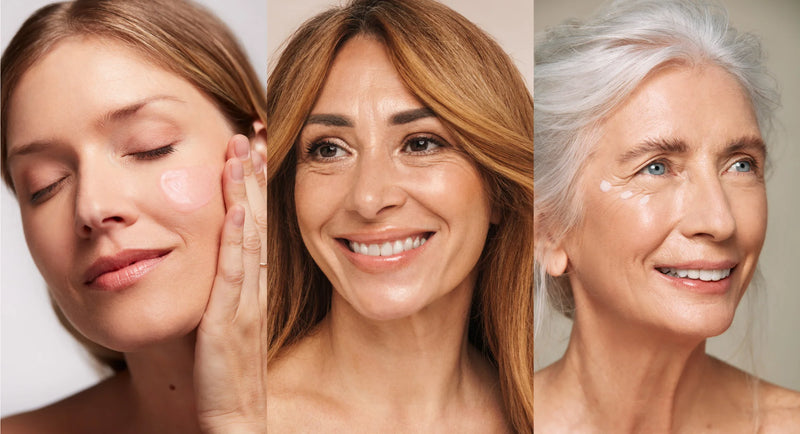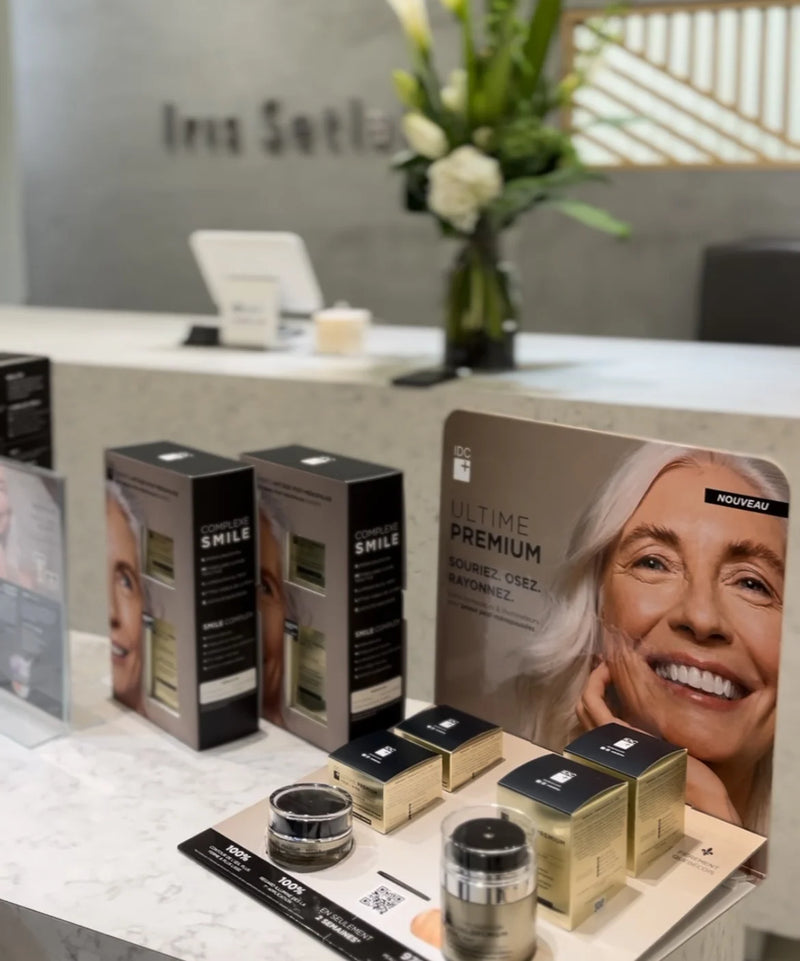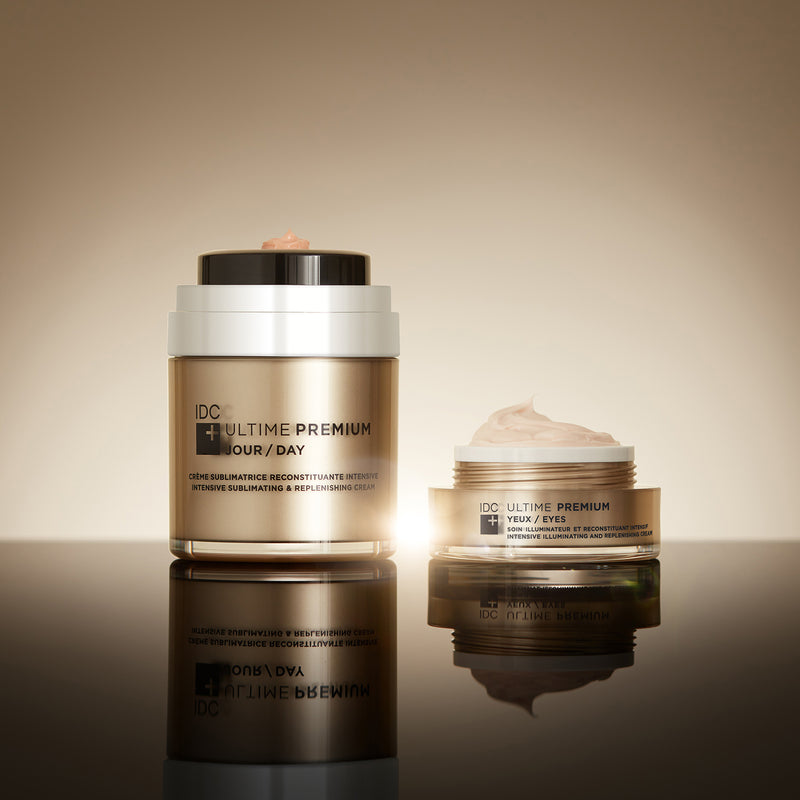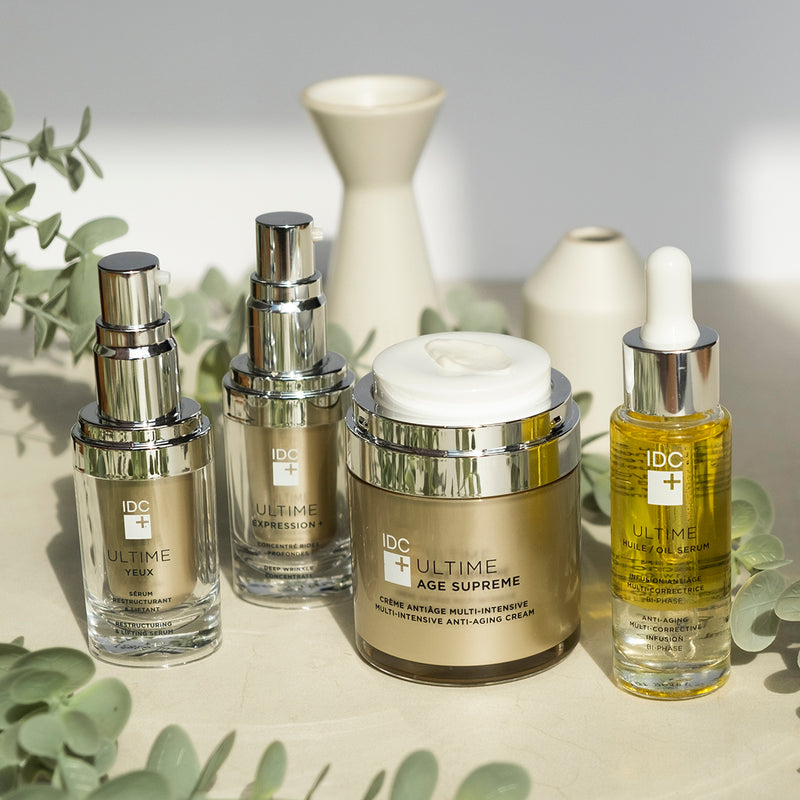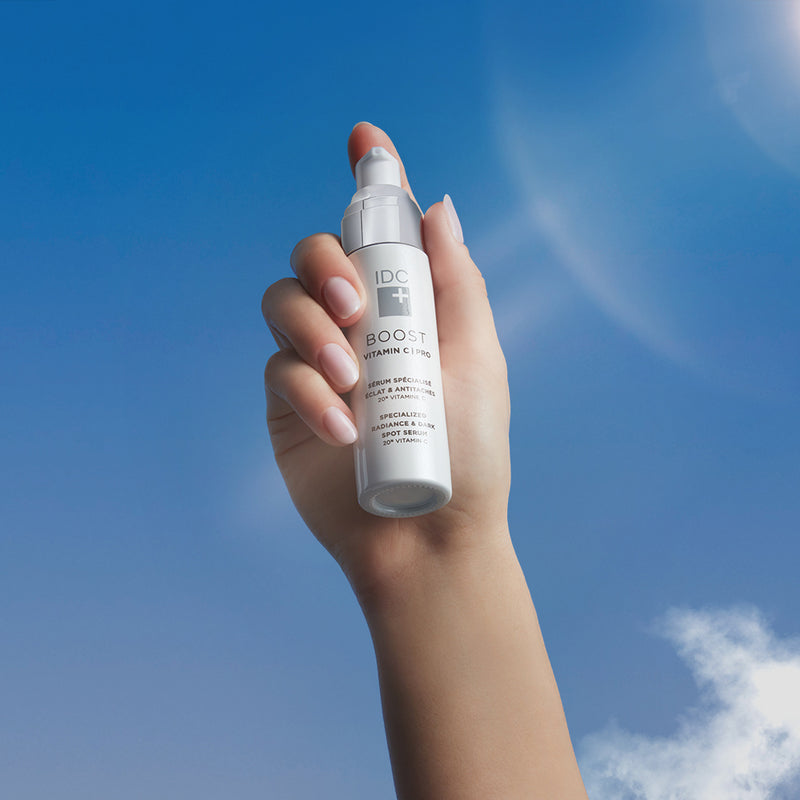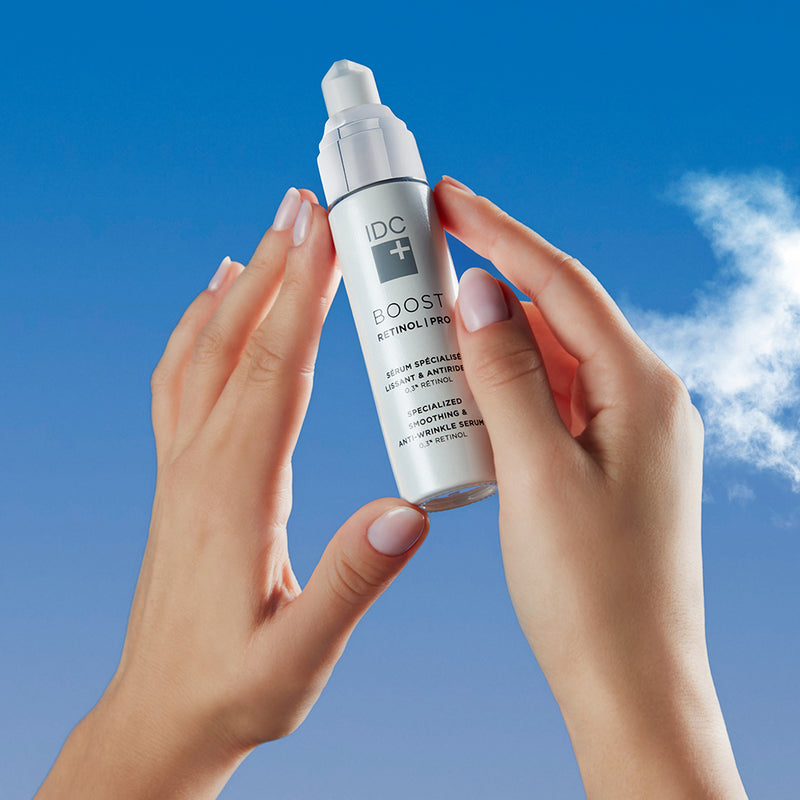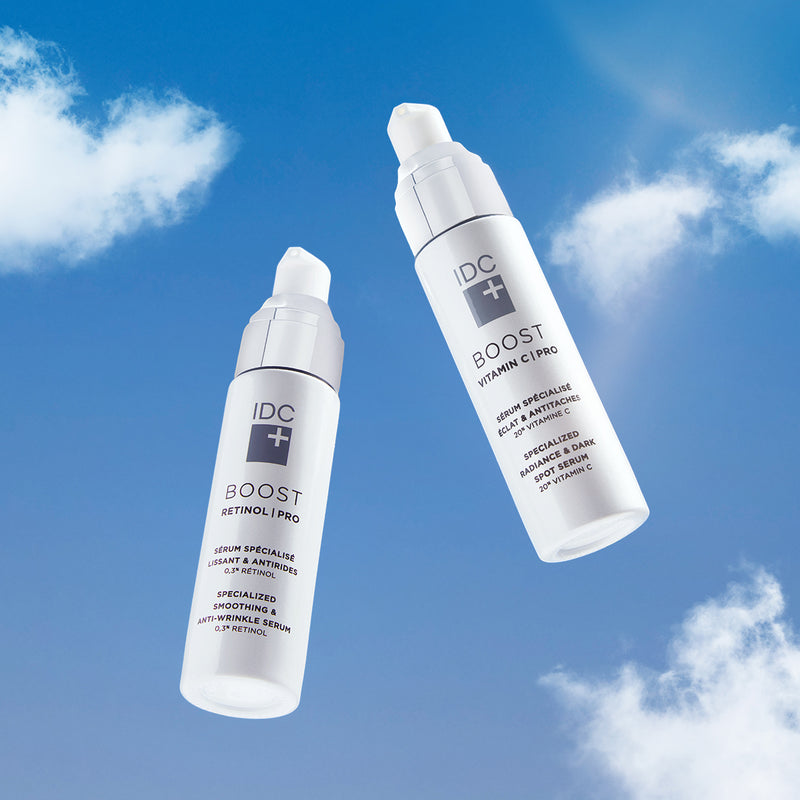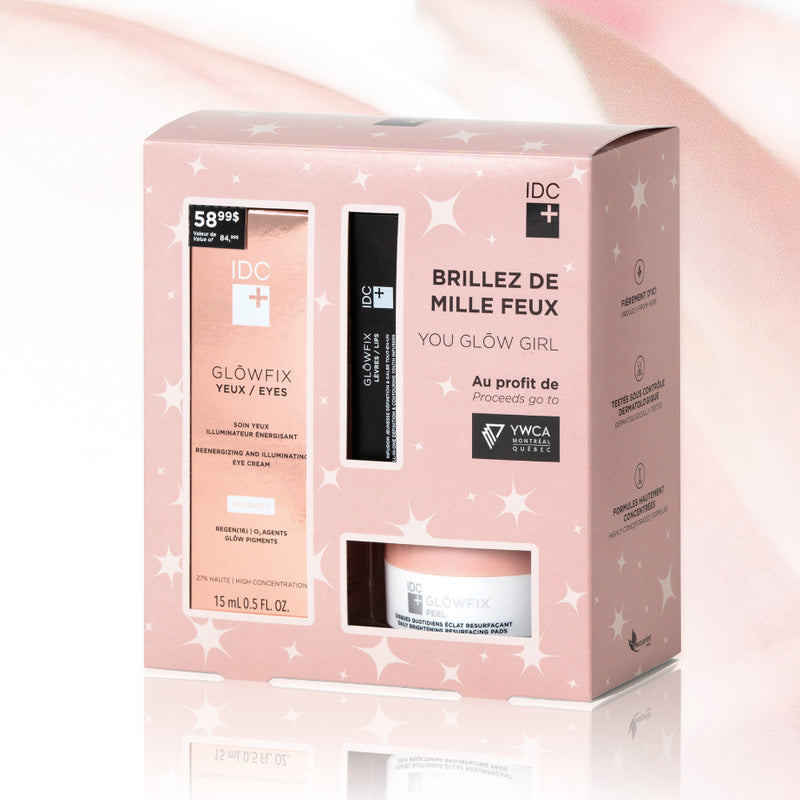By :
Dr. Emilie Bourgeault Emilie Bourgeault, BSc MD FRCPC, Dermatologist
Serge Yelle, PhD Plant Physiology, General Manager, IDC Dermo
Lionel Ripoll, PhD, Cosmetology - Department of Basic Sciences Université du Québec à Chicoutimi
Why is winter so hard on our skin? How can we help it cope with the impressive number of aggressions and changes that winter brings? It starts with understanding what it has to face, every day and every winter.
IDC DERMO works with experts to better understand skin and its reality.
Winter in Quebec is marked by a significant drop in temperature and humidity, two factors that have a considerable influence on our skin. The drop in temperature brings with it a reduction in ambient humidity. These drops have a direct impact on the skin's ability to retain water.
Normally, the skin's outermost layer, the stratum corneum, acts as a barrier against moisture loss. It's made up of tightly-bound corneocytes and surrounded by natural lipids, which help keep the skin hydrated. In winter, this barrier is weakened by dry air, leading to an increase in insensible water loss (IWL). IWL is a natural process whereby water evaporates from the skin's surface, but when accelerated, it leads to dehydration and reduced skin elasticity. This dehydration is not just a surface problem. It affects the function of deeper skin cells, particularly keratinocytes. These cells are essential for maintaining the skin's structural integrity and barrier function. Under the influence of dry air, keratinocytes undergo osmotic stress, which affects their ability to divide and renew themselves properly.
Furthermore, the icy wind and sub-zero temperatures that characterize Quebec winters significantly disrupt the skin's lipid layer. This fine armor preserves moisture and protects against external aggressors. Skin lipids, mainly ceramides, cholesterol and essential fatty acids, form the intercellular matrix of the stratum corneum, the outermost layer of the skin. They play a fundamental role in retaining water and maintaining the skin's flexibility and integrity.
Exposure to cold causes vasoconstriction, a reduction in blood flow to the skin's surface, limiting the supply of nutrients and oxygen. This natural bodily reaction, designed to preserve body heat, can compromise skin lipid synthesis and the skin's ability to protect itself against external aggressors. As a result, skin can become more sensitive and fragile.
Low temperatures also affect the composition of skin lipids, making fatty acids more saturated and less fluid, which can disrupt barrier function, skin homeostasis and nutrient transport. In addition, the dry, cold environment disrupts the activity of enzymes responsible for the skin's natural desquamation, leading to rough, dull skin.
Wind, meanwhile, acts as a catalyst for evaporation, increasing insensible water loss (IWL). This accelerated evaporation can dehydrate the skin and exacerbate the deterioration of surface lipids, leading to skin problems such as dryness, flaking and sometimes even atopic dermatitis. In addition, the wind can carry pollutants and allergens which, by attacking a weakened skin barrier, can induce inflammatory reactions and accentuate skin sensitivity.
Prolonged exposure to the cold can deplete the skin's defenses, repair and renewal functions.
The use of cosmetic products enriched with skin-identical lipids, such as ceramides, fatty acids and cholesterol, can help restore the lipid barrier. This underlines the importance of supporting the skin with external care strategies. The application of protective and nourishing creams can complement and reinforce the skin's intrinsic defenses, and lead it to reactivate the 3 mechanisms involved in skin hydration: the creation, diffusion and retention of water molecules.
In conclusion, changes in temperature and humidity in winter represent a considerable challenge for the skin. These environmental changes lead to disruption of the skin barrier, increased moisture loss, and an impact on the skin's cellular and molecular regulation. Supplementing your skin with skincare products is one way to regain control and help your skin get through these harsh months.
IDC AT THE SERVICE OF SKIN HYDRATION
By
Nancy Labonté - Skin Care and Cosmetics Specialist at IDC DERMO
Lionel Ripoll, PhD, Cosmetology - Department of Basic Sciences Université du Québec à Chicoutimi
At IDC DERMO, our formulations contain innovative ingredients carefully selected to offer optimal hydration and protect the skin against the aggressions of the cold. IDC moisturizers are developed, tested and manufactured under dermatological control, and are recognized for reactivating the creation, retention and diffusion of water molecules in the skin, throughout the different layers of the epidermis.
In addition to ceramides, essential fatty acids and cholesterol, which are essential ingredients for skin health and hydration, and are used by IDC DERMO, other ingredients are used to offer greater benefits, results and health to the skin.
Here are some of these ingredients. Providing the skin with a good supply of moisture via our choice of serums and creams can make a big difference to how our skin performs in winter.
AcquaCell: A natural moisturizing complex combining water, glycerine and antioxidant-rich fruit extracts such as watermelon, apple and lentil. These extracts, combined with sodium lactate and sodium PCA, work synergistically to increase skin's immediate hydration and reinforce water retention within the epidermal layers. By helping to reduce IAP, Acquacell helps maintain skin's suppleness and resilience in winter conditions.
Hyaluronic acid: A powerful moisturizing agent capable of retaining up to 1000 times its weight in water. Hyaluronic acid binds to water in the skin's layers, limiting IOP. It forms a hydrating barrier on the skin's surface that prevents moisture loss due to wind and cold, while smoothing fine lines caused by dryness.
Pentavitin: A saccharide complex that firmly attaches to the skin's keratin and maintains hydration. By targeting the upper layers of the epidermis, PENTAVITIN® reinforces the skin's barrier function and helps preserve the integrity of cutaneous lipids, essential for defending against low temperatures and wind.
Lipobelle Glacier: encapsulates glacier water in lecithin liposomes, enabling deep penetration and moisture delivery to the lower layers of the epidermis. This advanced delivery system ensures that moisture is delivered where it's needed most, while protecting skin from thermal stress, preserving elasticity and barrier function.
Jojoba extract: Jojoba extract mimics the skin's natural lipids, offering superior protection and repair of lipid membranes damaged by cold. By integrating with the skin's lipid barrier, it helps to regulate hydration and prevent moisture loss, while offering a soothing, softening effect that is particularly beneficial in cold climates.
These ingredients are just a few examples of the complexity and uniqueness of IDC DERMO formulations. Together with essential fatty acids, ceramides and cholesterol, these ingredients work in harmony to provide skin with complete hydration, from the surface to the deepest layers.
Supplying the skin with moisturizing ingredients goes beyond providing water and comfort. A dermocosmetic moisturizer formulated with key ingredients and dermatologically tested will reinforce the skin's barrier and elasticity, while increasing cellular renewal and the skin's defense and repair functions. Choosing an IDC DERMO moisturizer means offering real results, without compromise.
